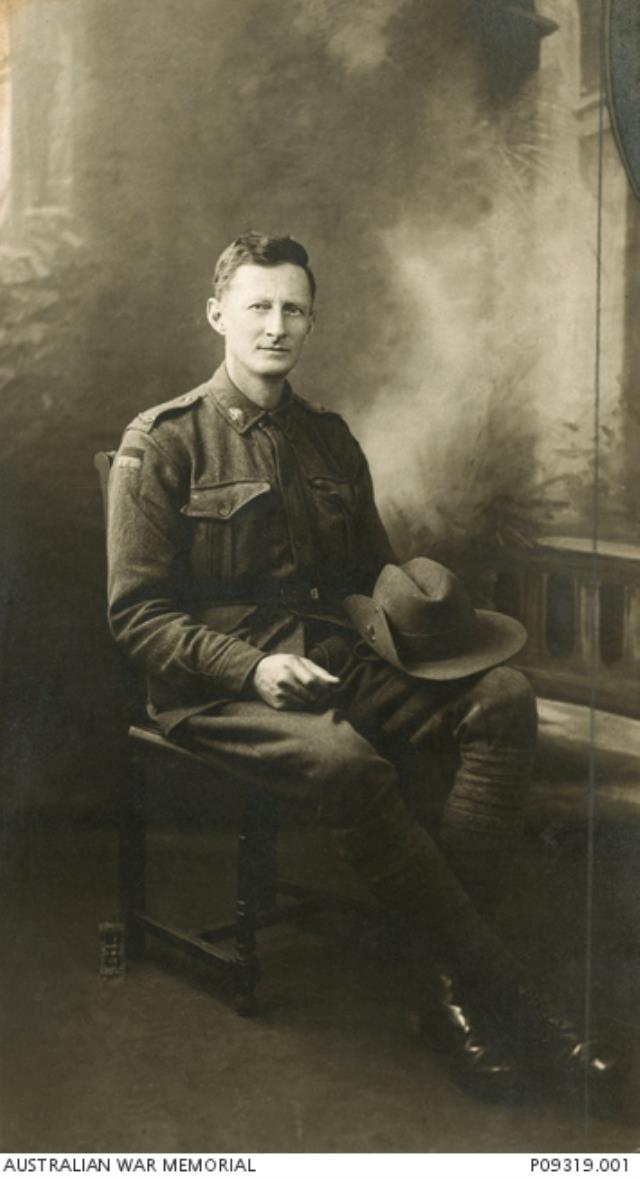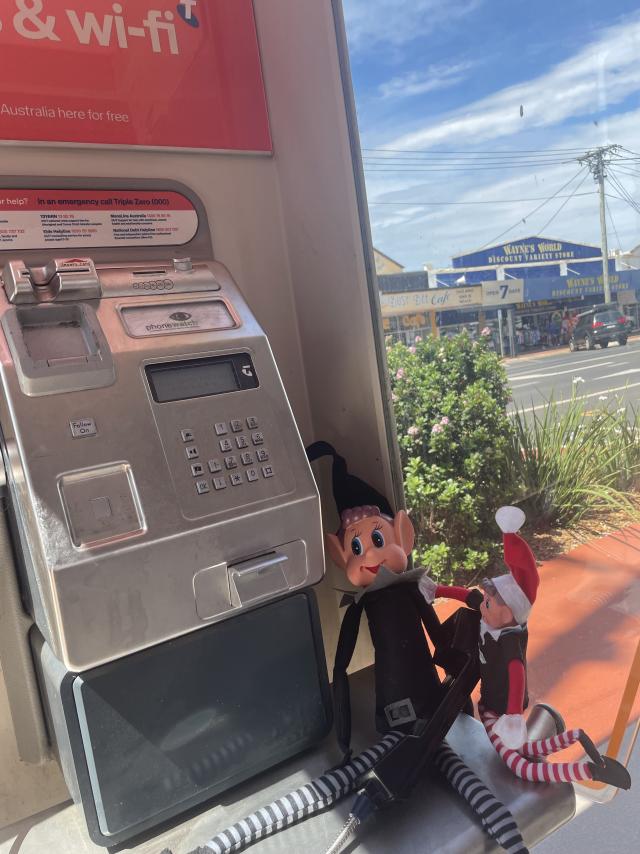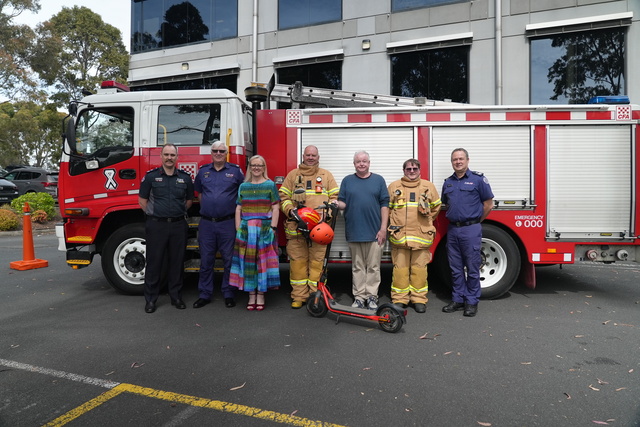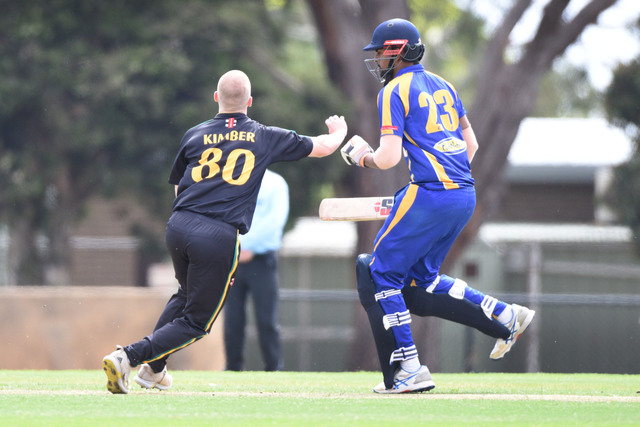Former British Prime Minister Winston Churchill is said to have been a driving force behind the invention of the tank and two high-ranking British men received official recognition and reward for its invention.
It is now acknowledged that the idea for an all-terrain vehicle for the battlefields first belonged to Berwick Grammar student Lancelot Eldin ‘Lance’ De Mole.
If not for bureaucratic bungling, his more efficient model would have been plying the battlefields of France instead of the cumbersome and troubled British model.
The South Australian born Mr De Mole, who completed his schooling in Berwick, came up with the idea out of frustration while travelling over rough terrain in Western Australia in 1911.
The following year he submitted the idea of a chain-rail vehicle that could be easily steered and carry heavy loads over trenches to the British War Office.
In June 1913, he received a reply to say his idea had been rejected. Undeterred, he wrote to the war office again in 1914 and 1916 to inquire what had become of the tank.
The story goes that, due to various bureaucratic blunders, his correspondence was set aside and not given to the appropriate officers.
It must have been galling for Mr De Mole to find himself on the battlefields of France in 1918 on active service and see the inferior British model being used.
Returning to Australia after the war, he submitted a claim to the British Royal Commission on Awards to Inventors but was unsuccessful.
Sir William Tritton and Major W.G. Wilson were jointly awarded 15,000 pounds and recognised for designing and producing the first tank, encouraged by Mr Churchill.
The Royal Commission did, however, recognise the importance of Mr De Mole’s innovative work.
It noted the unfortunate consequences of his submissions being overlooked and ruled that he had no connection with the development of the tank, but conceded that a far better tank would have been developed than the one that the British eventually used and that it would have been developed at a much earlier date.
He was awarded 965 pounds for expenses and made an honorary corporal. In 1920 he was appointed Commander of the British Empire (CBE).
A prototype model of his vehicle is among the collection of the Australian War Memorial.








